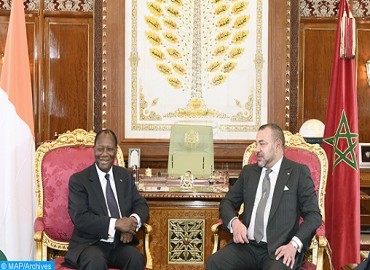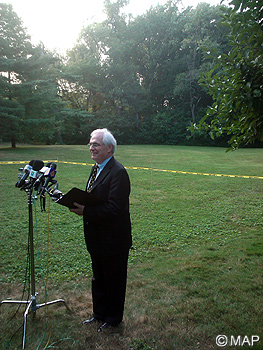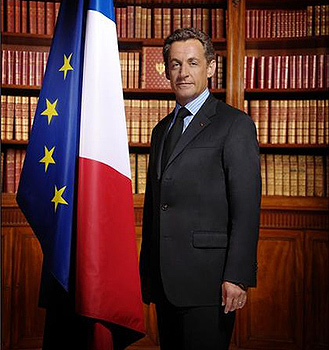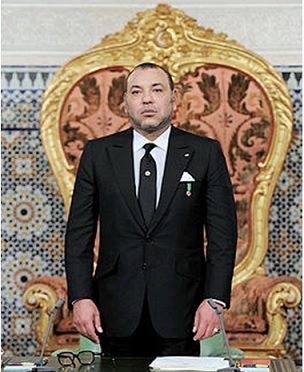Where Does Morocco Stand in The Global Tourism Market

PERSISMA, Fez – Spain, Morocco’s northern neighbor, is experiencing tourism boom. After years of crisis that have led to a 20 percent unemployment rate, tourists flock to Spain in high numbers.
In 2015, the rise in touristic arrivals was over seven percent. The beaches of Barcelona teamed with visitors from mostly landlocked European countries and Great Britain. The season of 2016 looks even more promising, and according to some accounts, the hotels in Spain are fully booked for the two main summer months, July and August.
Morocco’s more distant North African neighbors Tunisia and Egypt are a whole different story. The 2015-year was bleak for Tunisia, which experienced two major attacks in its tourism sector. There was the terrorist attack at the Bardo museum in the capital of Tunis in the spring, and a blood bath in June at one of the Souss holiday resorts, and in both instances foreigners were targeted.
Egypt, likewise, is struggling to attract tourists in numbers, as it has historically done so during the turn of the century. Tourists, however, seem to prefer other destinations before the Land of the Pyramids or the cheap and once very popular Tunisia. Many of them, I suppose will contribute to overcrowding the beaches on the Spanish costas.
Where does Morocco stand in all of this?
Does Morocco deserve to be more like Spain or is it more like other traditionally touristic North African countries? Morocco, I believe, is at the crossroads at a time when the type of endeavors it undertakes, and the decisions it implements, will affect its tourism industry for decades to come.
I have recently been asked to attend a conference that will discuss the image of Arab countries. I am supposed to deliver a speech on the image of the tourist destinations in the Arab world, as portrayed by the tourism bureaus in order to attract customers. So far, I have not been able to find many examples that would, through advertisements, portray the beaches of Tunisia or Egypt differently than those of Morocco, Spain or Bulgaria. The most popular destinations for stay-in-resort vacations attract their visitors by the quality of the accommodations, cleanliness of their beaches and, most importantly, by their price.
After all, is it all that important in which country the beach and resort are located? Very little seems to be the role of the “exotic“ environment and the character of the country, unless it is a far-away destination such as Sri Lanka or Thailand. After all, those tourists that prefer the cheap, stay-in vacations have most likely already been to various countries in the Mediterranean region. This includes the visitors of the post-communist central European landlocked countries, such as Czech Republic, Poland, Slovakia and Hungary. In the last 25 years since their re-opening to the world, Central Europeans have traveled extensively in Europe and North Africa, primarily seeking to sejour by the sea side which they are missing back home.
It’s all about the image
What seems to be much more important than the beauty of the country, richness of its culture and diversity of its population to travellers seeking packaged vacation, is the safety of the destination. This is where the cheap and exotic Arab countries, namely Egypt, Tunisia, and even Morocco have been gravely suffering over the past few years. Many argue that Morocco is a safe destination that was not touched by the events of the Arab Spring, and that has been able to keep its country free of terrorist acts since 2011.
Facts and figures are, however, only one part of the picture. What is even most important is the image of the given country, and this is where Morocco is losing. This is not because of being an unsafe country, but because it is too often than not likened to Egypt and Tunisia. After all, it is a North African country with a predominantly Muslim population. Therefore, while the advertisements of Morocco as a summer destination does not in essence differ from the style of advertisements of Bulgaria and its beaches, the decisive point for many visitors will be the image of safe Bulgaria over Muslim Morocco.
Morocco – Spain‘s sister and a safe “Oriental“ retreat
Morocco’s position in the world of tourism is not an easy one. While being a safe and well-equipped destination, it suffers from being likened to its much more troubled neighbors in the region.
It is, at the same time, facing many challenges. How will it structure and shape its marketing in order to put forward a brand that is a safe, affordable and an attractive oriental destination at the same time?
The truth of the matter is that Morocco is much more than an “Oriental“ destination, offering camel rides, desert visits and belly-dancing performances. Its variety of cultures and ethnic groups goes far beyond what is know to be “Arabic“ and “Oriental“ to an average European traveller. Its Amazigh (Berber) heritage can be used in new ways to promote its character of a truly colorful and hospitable country, while the “Arab touch“ is still present through its language and its Islamic religion. Those travellers that used to prefer Tunisia and Egypt thus can find an adequate alternative, and much more, in Morocco.
Above all, Morocco is, and will remain very closely connected to Spain, and this aspect should be well addressed when promoting the country. Morocco is, in many ways, Spain’s sister, and its northern regions are very close to the nature, culture and cuisine of Spain’s Andalusia. It might take some time before travellers start associating Spain with Morocco and Morocco with Spain, but this association can bring about a lot of new opportunities in joint endeavors of the two countries.
Morocco, indeed, deserves to be labeled safe, attractive and worth visiting, despite the political tendencies of the North African region. (Katarina Maruskinova)


















